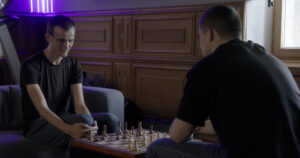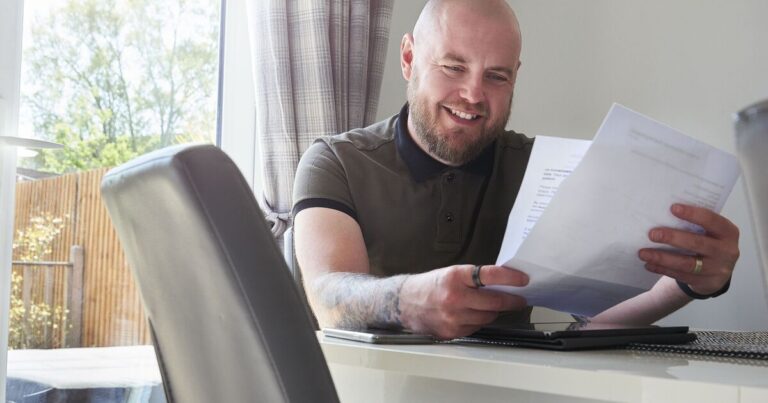A version of this post originally appeared on Forbes. Sign up for Caroline’s newsletter to get her articles sent straight to your inbox. A University of College London study published recently discovered something we knew but denied: we’re lazy. Of course, this isn’t unique to humans. Everything takes the path of least resistance: water, electricity, and Google maps. Wolves evolved into domesticated dogs because it was easier to scavenge on human trash than track down prey. But for millennials figuring out what career path to take, for workers biting clickbait instead of making progress, and for managers struggling to prioritize, this research has real repercussions. The study was simple. Researchers showed participants a screen with a cloud of dots moving either to the right or to the left. Participants were instructed to move a handle to the right if the dot cloud was moving right and to the left if the cloud was moving left. They were good at this. But when researchers added a directional load to the handle, making it slightly harder to move it the way the dots were going, participants became biased. They avoided the effortful response and moved the handle in the opposite direction of the dots. Interestingly, participants didn’t realize that the researchers were manipulating their decisions, instead becoming convinced that the dots were actually moving in the direction of least resistance. “This change happened automatically, without any awareness or deliberate strategy,” the researchers wrote. The increased effort changed what the participants thought they saw. Here’s how eLife, where this study was published, puts it: The answer, this study suggests, is that the low-hanging fruit will probably look more appealing to you. “Our brain tricks us into believing the low-hanging fruit really is the ripest,” said the lead researcher, Dr. Nobuhiro Hagura. Conversely, when one option is harder to get, we’re more likely to think it’s the wrong choice. This is textbook cognitive dissonance. In Aesop’s Fables, a fox eyes some delicious, ripe grapes along a vine high in a tree. After realizing he can’t reach them, he decides they’re sour anyway. Similarly, when it becomes literally harder to make a decision about which way dots are moving, we unconsciously conclude that they’re moving in the other, easier direction. So here’s a millennial example: Getting promoted is difficult to do. Rather than say, “This is hard but worth it,” we sometimes convince ourselves that we should just get a new job – which is often, all said and done, easier than sticking it out through the hard, vertical climb. Taking the path of least resistance can come in the form of rationalization, denial or distraction. One lesson from this study is to make things that the higher, better you doesn’t want to do hard. Putting all your booze in a high cabinet in your basement will make it less tempting. But my big takeaway is awareness. A minority of the study participants chose to “change their actions rather than take the path of least resistance.” That is, they realized that moving the handle the right way was getting harder, and they resolved to overcome the extra effort and make the correct decision. Awareness, in this case and so many cases, is realizing when something’s challenging and deciding not to take the easy way out. If you liked this article, sign up for Caroline’s newsletter to read more like it!














